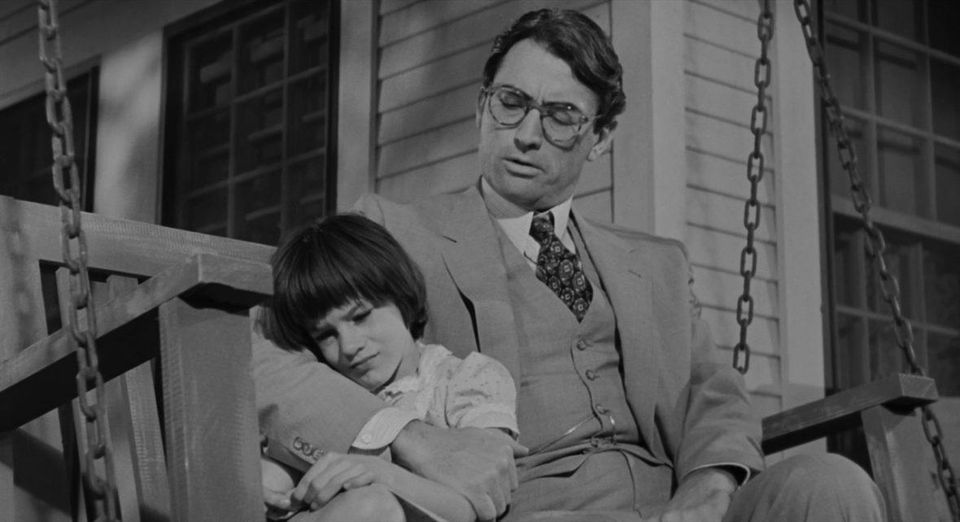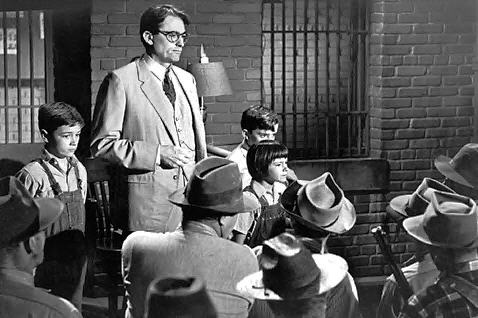Welcome back to “Black History Movie Month,” where I will start this month off with the 1962 classic directed by Robert Mulligan, “To Kill a Mockingbird.” The screenplay by Horton Foote was based on the 1960 Pulitzer Prize-winning novel of the same name by Harper Lee.
A Pulitzer Prize winner when it was published in 1960, Harper Lee’s first book, To Kill a Mockingbird, ended up selling more than 30 million copies.
However, most Hollywood studios weren’t interested in adapting Lee’s story of racial prejudice in the Deep South to the big screen. According to Robert Mulligan, who directed the film for Universal, “the other studios didn’t want it because what’s it about? It’s about a middle-aged lawyer with two kids. There’s no romance, no violence (except off-screen), there’s no action. What is there? Where’s the story?”
Marc Lee said in his review, “Well, as Mulligan so deftly demonstrates, the story is in the characters, their failings and fragility, their heroism and nobility of spirit. It’s in the depiction of heart-breaking cruelty and heart-warming humanity. It’s in the innocence of a child’s world overshadowed by the evil that adults do.”
The two kids are six-year-old Scout, the narrator of the story, and her 10-year-old brother Jem. They live in a dusty, withdrawn Alabama town, where their father Atticus Finch is a lawyer.
Lee noted, “In the long, hot summer of 1932, Scout and Jem scamper around town, getting into scrapes and playground fights, and becoming increasingly fascinated by the dilapidated house at the end of the street and its scary unseen occupant.”
However, the happy tone darkens when Atticus has to defend a black man (Brock Peters) wrongly accused of raping a white woman (Collin Wilcox). Lee said, “The courtroom scene, witnessed by the children from the gallery, is one of the best in the movies, as Atticus demolishes the prosecution case with thrilling ingenuity – not that what happens subsequently reflects any kind of justice.”
Gregory Peck won an Oscar for his performance as the inflexibly decent and smart Atticus. Just as amazing are Mary Badham (who had no acting experience) as Scout and Phillip Alford as Jem. Their sincerity and honesty in the roles are the best. The film won two other Academy Awards and was nominated for eight, including Best Picture.
On February 3, 2015, Harper announced that Go Set a Watchman, a novel the Pulitzer Prize-winning author completed in the Fifties and never published, was going to be released July 14. Found again the previous autumn, Go Set a Watchman is basically a sequel to To Kill a Mockingbird, despite that it was finished earlier. The 304-page book was Lee’s second, and the first new work in more than 50 years.
If you have read the book, then you should definitely see this adaptation. If you haven’t read the book, then you should still this movie. It’s one of the most powerful pieces of cinema ever. You just have to see it to believe what I’m talking about. I never read this book and I saw this movie not that long ago and I loved it. At first, you won’t know how everything ties together, but once you get through the movie, you’ll understand.





